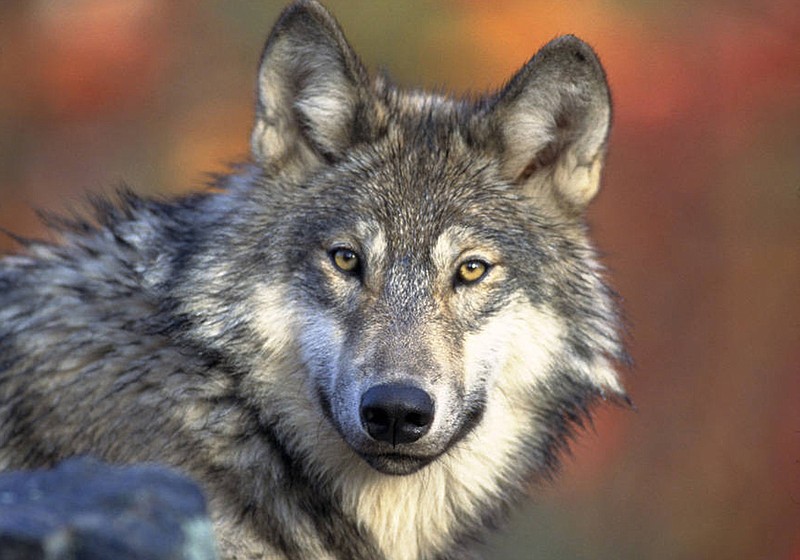TRAVERSE CITY, Mich. -- As many as one-third of Wisconsin's gray wolves likely died at the hands of humans in the months after the federal government announced it was ending legal protections, according to a study released Monday.
Poaching and a February hunt that far exceeded kill quotas were largely responsible for the drop-off, University of Wisconsin scientists said, though some other scientists say more direct evidence is needed for some of the calculations.
Adrian Treves, an environmental studies professor, said his team's findings should raise doubts about having another hunting season this fall and serve notice to wildlife managers in other states with wolves.
Removing federal protections "opens the door for antagonists to kill large numbers in short periods, legally and illegally," Treves and two colleagues said in a paper published by the journal PeerJ. "The history of political scapegoating of wolves may repeat itself."
The U.S. Fish and Wildlife Service dropped gray wolves in the Lower 48 states from its list of endangered and threatened species in January, shortly before former President Donald Trump left office. Agency biologists have long argued that the predator has recovered from persecution that nearly wiped it out by the mid-20th century.
Environmental and animal-rights groups contend the move was premature because wolves haven't returned to most of their historical range. They are pushing the Biden administration to reverse it.
Wisconsin was the first state to resume hunting. Its Department of Natural Resources planned to wait until November but was forced to schedule a season in February after a hunting organization won a court order. Officials cut it short after hunters killed 218 wolves, blowing past the target of 119.
Based on population models, Treves and University of Wisconsin environmental scientists Francisco Santiago-Avila and Karann Putrevu estimate in their paper that people killed an additional 95 to 105 wolves in Wisconsin between Nov. 3, 2020, when the plan to lift federal protections was announced, and mid-April.
They say the deaths reduced the statewide wolf total to between 695 and 751, down from at least 1,034 in spring 2020. That upends the Wisconsin Department of Natural Resources's objective of keeping the population stable even with hunting, the paper says.
The department did not respond to repeated requests for comment.
Treves and his colleagues blame more than half of the nonhunting deaths on "cryptic poaching," or illegal kills in which the poacher leaves no evidence, hiding the animal's body and destroying its radio collar. Other human-caused deaths could include automobile strikes and government-approved lethal controls for wolves harassing livestock, Treves said.
His previous research has concluded that such poaching worsens when legal protections are relaxed, based largely on numbers of radio-collared wolves that disappear well before the batteries are due to fail.
Daniel MacNulty, an associate professor of wildlife ecology at Utah State University, questioned the methods Treves and his team used to calculate cryptic poaching for their latest paper, saying more direct evidence was needed.
Treves said his conclusions were justified by a variety of wolf population and social science data.
The Natural Resources Board is expected to set a new kill quota in August. Wildlife managers in Michigan and Minnesota are also considering wolf hunts.

